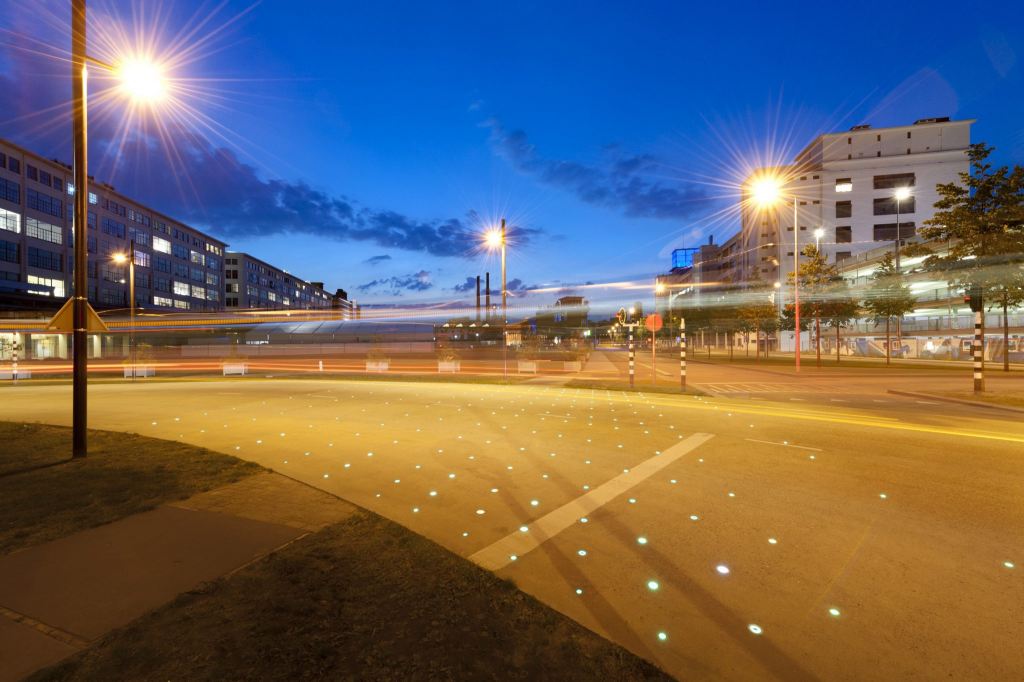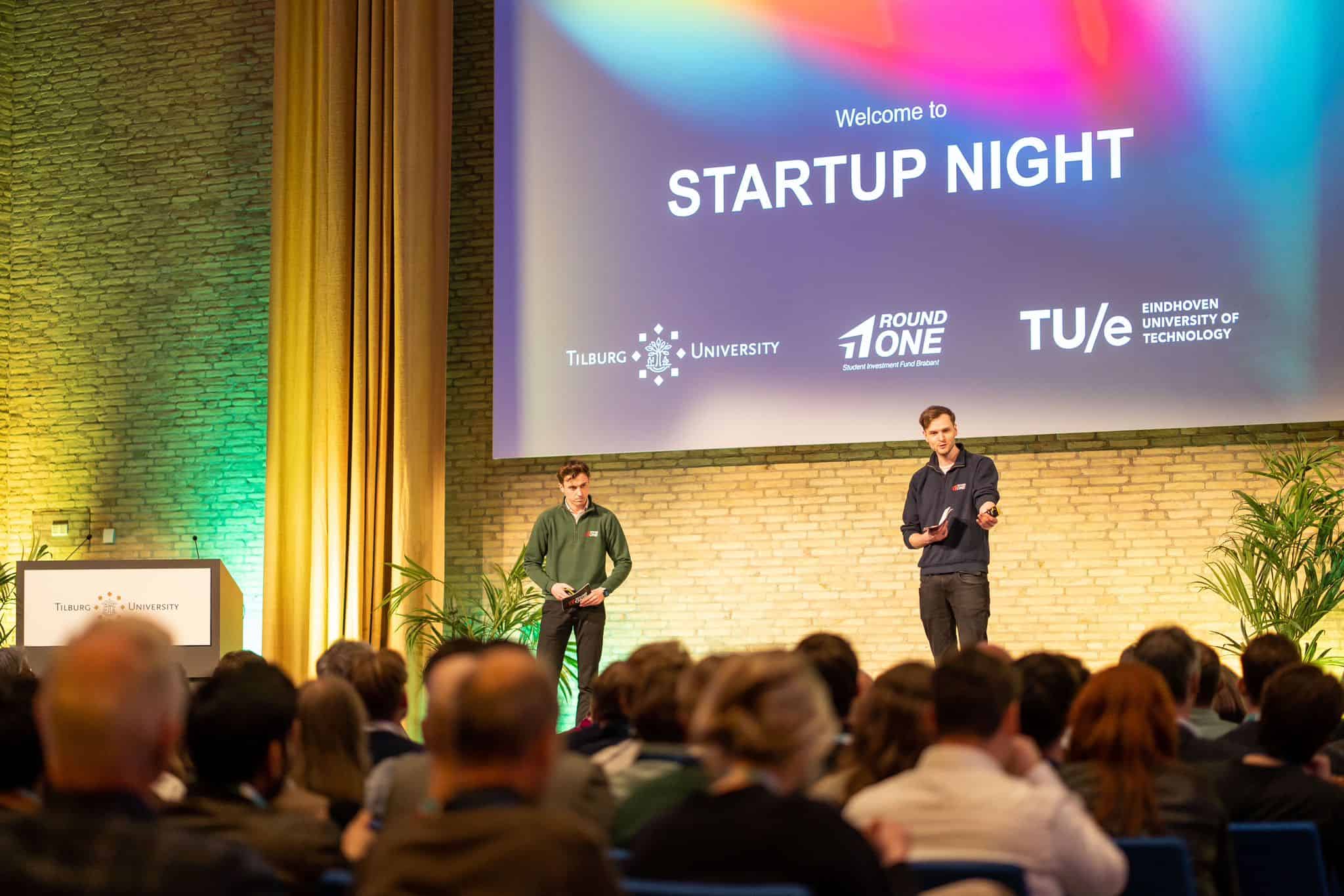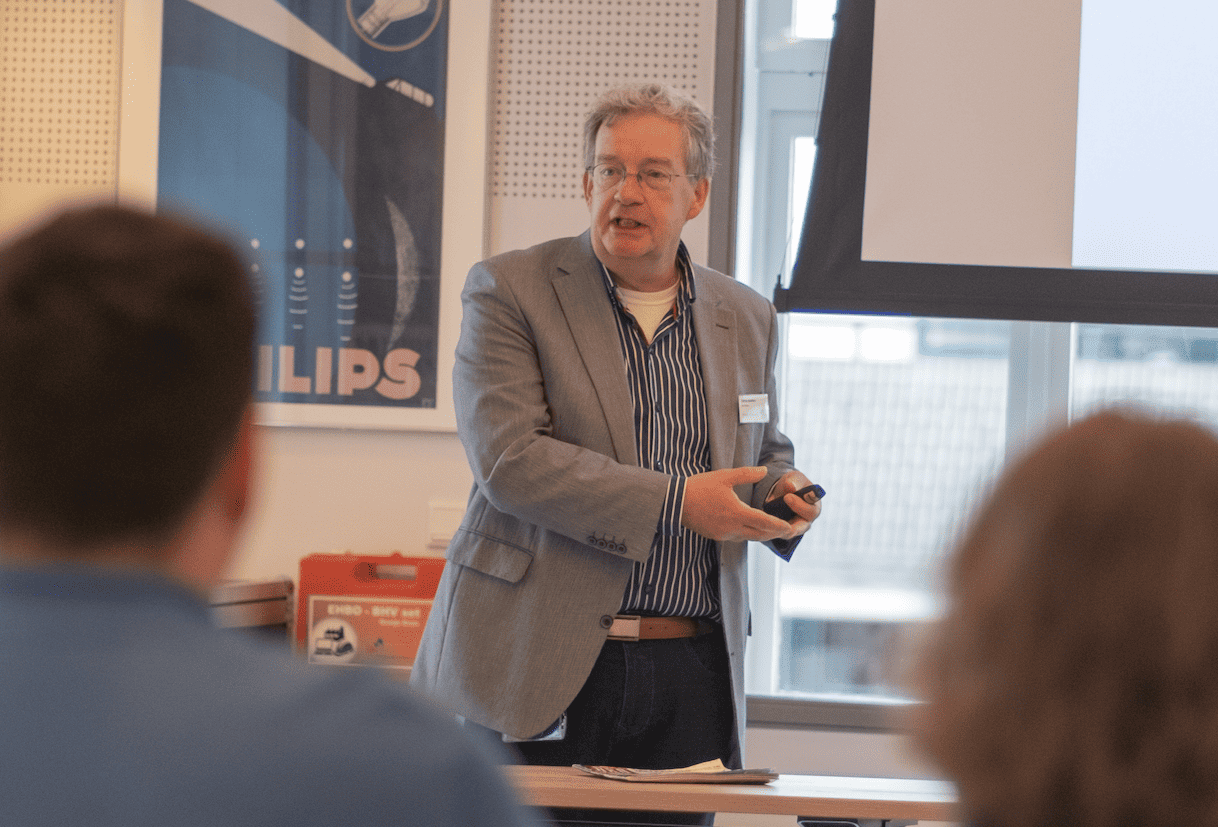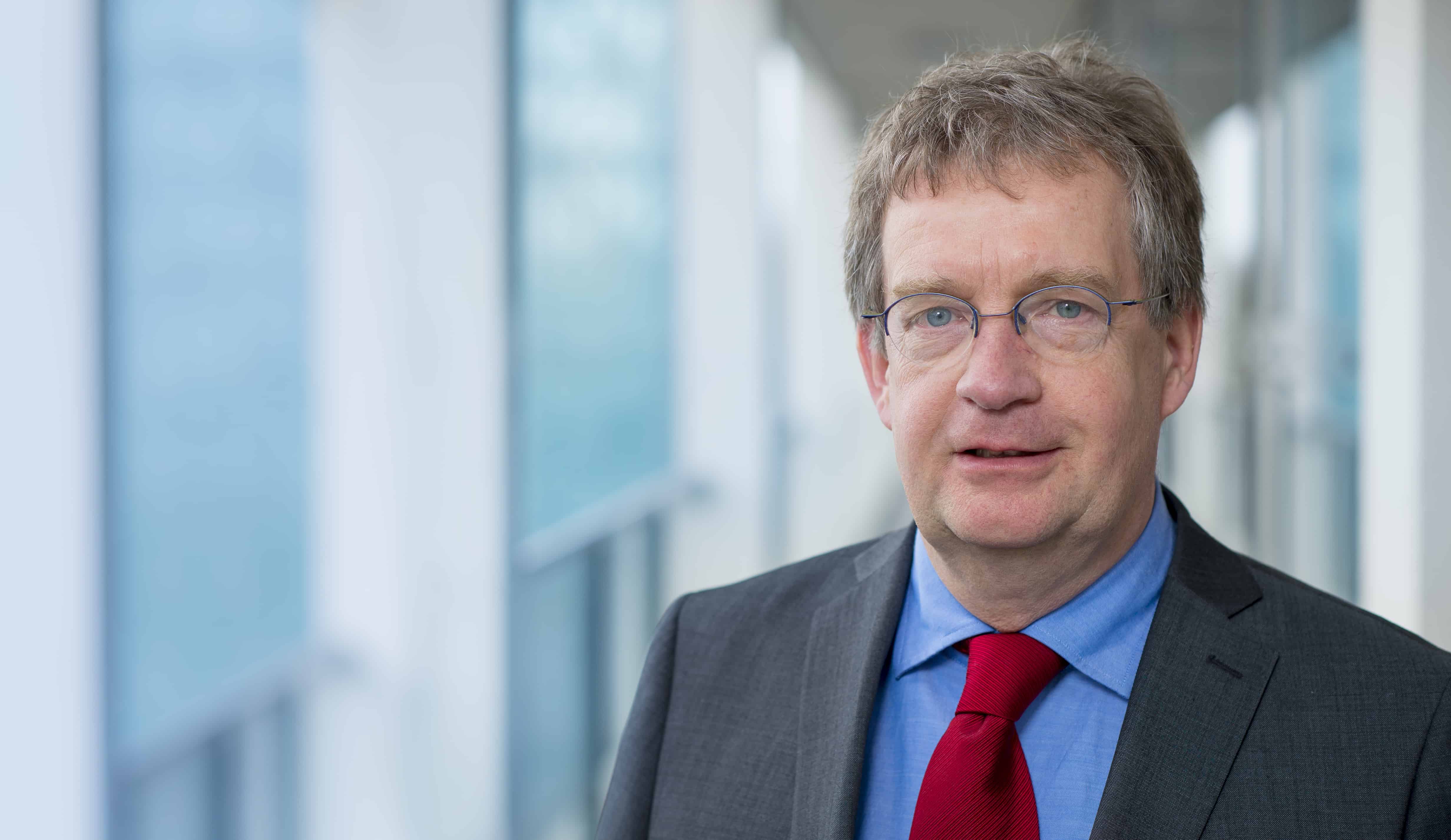
VolkerWessels, TU/e and the city of Eindhoven are looking for smart ideas to make the city even smarter. The test ground will be Strijp-S, but the ultimate goal is a system that will work all over the world. The iCity Tender is challenging SME entrepreneurs and start-ups to develop innovative products and services that use the power of the community and increase the quality of life. The tender is part of the Triangulum project and funded by EU’s Horizon 2020 initiative.
Read more on Eindhoven as a smart city
 Cars, fridges, cameras, smartphones, parking lots, heating systems and even running shoes. Imagine a city where everything around us talks to each other and to us. Bicycle paths light up as cyclists approach. Cameras detect accidents and contact both the authorities and the nearest citizen with a first aid degree. Our car asks for the closest parking spot or tells our apartment to start heating up when we’re heading home. The possibilities are simply endless. iCity is looking for bright ideas to make cities smarter.
Cars, fridges, cameras, smartphones, parking lots, heating systems and even running shoes. Imagine a city where everything around us talks to each other and to us. Bicycle paths light up as cyclists approach. Cameras detect accidents and contact both the authorities and the nearest citizen with a first aid degree. Our car asks for the closest parking spot or tells our apartment to start heating up when we’re heading home. The possibilities are simply endless. iCity is looking for bright ideas to make cities smarter.
“We believe in cities that provide a more social, comfortable and sustainable way of living”, says Volkerwessels’s Gjalt Rameijer. “We are looking to fund business models that connect people with each other and with their surroundings. Our living-lab to ‘test drive’ these products and services is the smart city Strijp-S in Eindhoven. This area functions as a launch market where ideas can be developed into solutions that can be scaled and replicated in other smart cities.”
Strijp-S is a former Philips industrial plant. The area covers 67 acres. The Eindhoven municipality and VolkerWessels have been redeveloping the area since 2002, with the goal of creating a highly dynamic urban environment.
 “Our smart city consists of three layers”, Rameijer explains. “The ‘cloud layer’ houses all data and online traffic. Analysis, communication and content development all take place in this layer. Next is the ‘liveable layer’: the tangible part of the city. The streets we walk in and the doorknobs in our hands. Finally, there is the ‘infrastructure layer’: roads, railways, pipes and optical fibre cables.”
“Our smart city consists of three layers”, Rameijer explains. “The ‘cloud layer’ houses all data and online traffic. Analysis, communication and content development all take place in this layer. Next is the ‘liveable layer’: the tangible part of the city. The streets we walk in and the doorknobs in our hands. Finally, there is the ‘infrastructure layer’: roads, railways, pipes and optical fibre cables.”
The interaction between these layers should make the city ‘smart’. “The layers communicate with each other and work together, thus creating crossovers and integrations. The result? A more efficient and sustainable city with opportunities for innovative business models.”
More info on the tender here.








